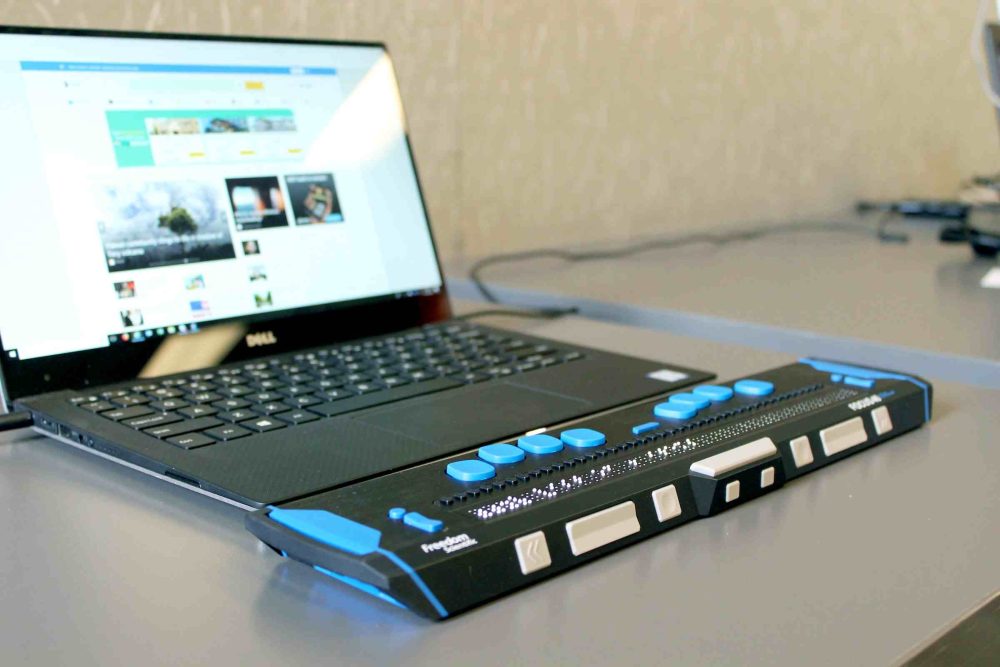By Nicodemus Nyakundi
The Kenyan government initiated the rollout and implementation of internet infrastructure to serve the unserved and underserved, promote ICT access equity, and narrow the digital divide.
Currently, the government is shifting its services online and digitizing its records to quicken service delivery.
Persons with disabilities account for approximately 2.2% of the population, according to the 2019 Census Report and the recently released Kenya Demographic Health Survey by KNBS. In its following Monographic Analytical Report, KNBS indicates that mobile device ownership is almost equal between PWDs and non-disabled populations.
In addition, Internet usage had significant discrepancies, with about 11% of PWDs using the internet compared to 22.9% of non-disabled people.
The concern is the inclusiveness of government services and platforms. Are there enough usable assistive technologies and devices? Are they accessible to and usable by people with disabilities?
Priority has been given to visible emerging ICT issues such as e-waste, but underlying and growing digital marginalization needs to be addressed. A divide that only the adoption of inclusivity can solve. We think of regional, societal, and economic divides as the only areas that demand inclusivity, but we forget that disability is universal. Disability in ICT creates a barrier to accessing ICT platforms and services.
To achieve equality in ICT, we must work with three inclusivity concepts: availability, affordability, and accessibility. The three approaches are interlinked. Ignoring any of them leads to marginalization.
Availability is through infrastructure rollout and proximity to the user. The wired and wireless internet infrastructure has to be adequate and working. This concept is progressing well with the rollout of public Wi-Fi and the deployment of community networks spearheaded by civil societies like KICTANet.
Complementing coverage is affordability. The cost of internet access (device and installation cost) should not be universal but determined through regional economy and communities’ financial status.
Accessibility is determined by usage, skills, and ease of use. This calls for equipping users with digital skills and knowledge of accessing the ICT platforms. Skills promote the ease of accessing the internet and using digital services. This is a challenge for PWDs, who face disparity in access to digital skills and a further inadequate of assistive technology. This strips off accessibility from the inclusivity pillars, washing down the drain any effort put into availability and affordability.
Let us relook at the ICT policies, is inclusivity enshrined therein? Include Persons with Disabilities in the policy formulation, software development, and procurement processes. Let us allow PWDs to be part of the process. For example, let us enable them to offer first-hand experience to developers, and make inclusivity part of the design, from the start to the end.
Inclusivity, just like disability, is an evolving concept. So far, as a society, we have made great progress in understanding it, but accessibility is inevitable for you will certainly use it at some point in your life.
________________________________________________________________________
Nicodemus Nyakundi is an ICT Access and Equality Fellow for PwDs at KICTANet. He has a background in Information Technology.
![]()




